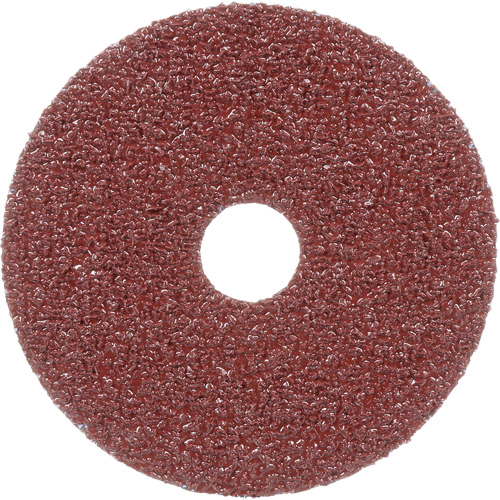Apart from using my sledge hammer, I like to be able to use a heavy hammer that has a slightly smaller width as my wedges. This allows me to drive the wedge through the log even if the top of the wedge is already below the top of the wood. (This is useful for when one has a big knot - I know I can also noodle the piece, but sometimes I just leave the saw laying.)
However, my wedges keep mushrooming - flowing steel to the sides, at which point obviously it won't go in the crack once that overhanging metal touches the top of the wood.
Using an angle grinder to cut off the overhanging stuff takes quite long. Is there a better way? Do you cut off these protusions? If so, how?
However, my wedges keep mushrooming - flowing steel to the sides, at which point obviously it won't go in the crack once that overhanging metal touches the top of the wood.
Using an angle grinder to cut off the overhanging stuff takes quite long. Is there a better way? Do you cut off these protusions? If so, how?



